Sugilite
Quite rare Mineral from the class of silicates and germanates
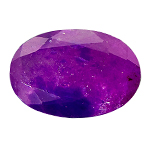
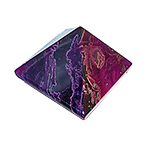
Two Sugilites of very different quality
Origin of name: after Professor Ken-Ichi Sugi, Japanese Petrologist, who in 1944 discovered the mineral on the small island of Iwagi in the Seto Inland Sea, separating the islands of Honshū, Shikoku and Kyūshū. In 1975 the mineral was analyzed and named in Ichi´s honour by three Japanese Mineralogists, who published a paper in the Mineralogical Journal of the Mineralogical Society of Japan.
Nobuhide Murakami, Toshio Kato, Yasunori Miura und Fumitoshi Hirowatari, “Sugilite, a new silicate mineral from Iwagi Islet, Southwest Japan”
Synonyms and trade names: also called Luvulite and Royal Azel in new age circles.
Can be confused with: Charoite
In the summer 2019 edition GIA´s journal Gems & Gemology reports about dyed serpentine imitating sugilite
Locations: by far the most important source is Wessels Mine near the South African town of Hotazel (not quite inappropriately often pronounced "hot as hell") in the Kalahari manganese fields, where an estimated 80% of the world´s landbased manganese reserves are located.
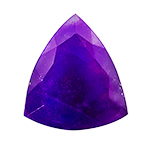
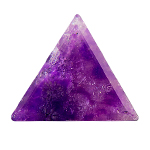
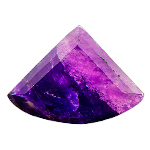
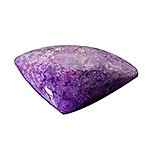
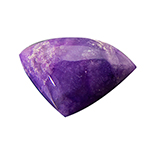
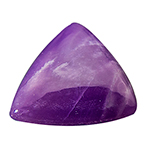
Sugilite from Wessels Mine, Hotazel
Handling: at Mohs hardness of 5.5 to 6.5 sugilite is just about usable for jewellery, but should be handled and worn with great care.
We do not yet know anything about susceptibility to heat and/or acid. If you have working experience with sugilite, please do let us know!
Worth knowing: the white spots consist of the mineral pektolite, brown and black spots may be one of several manganese oxides like braunite, hausmannite or manganite.
 Deutsch
Deutsch